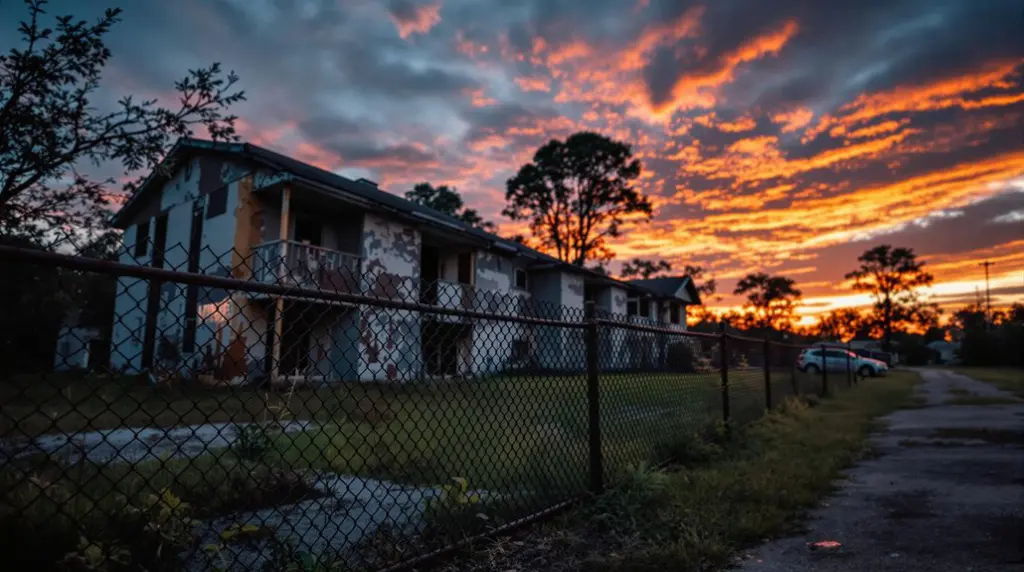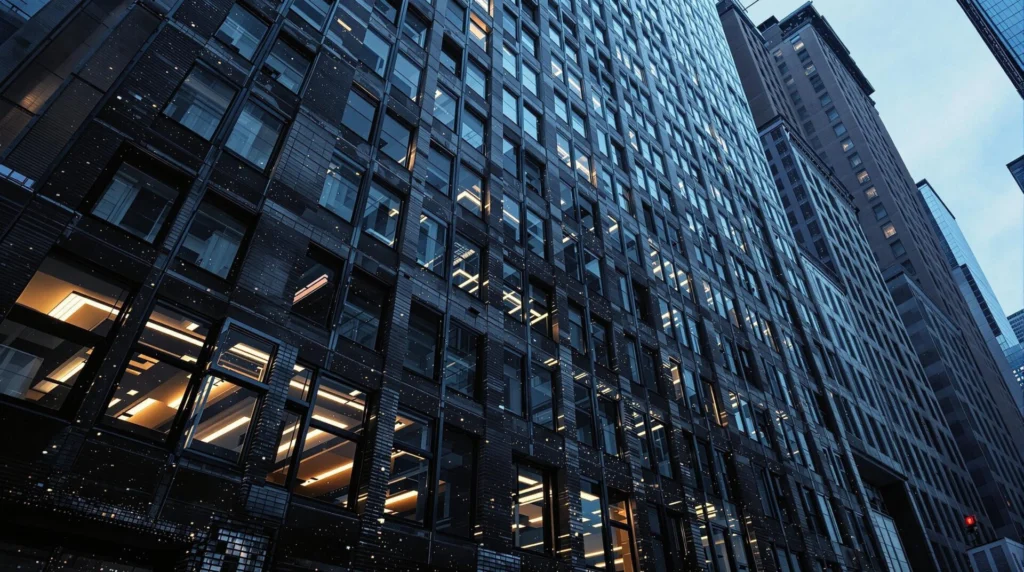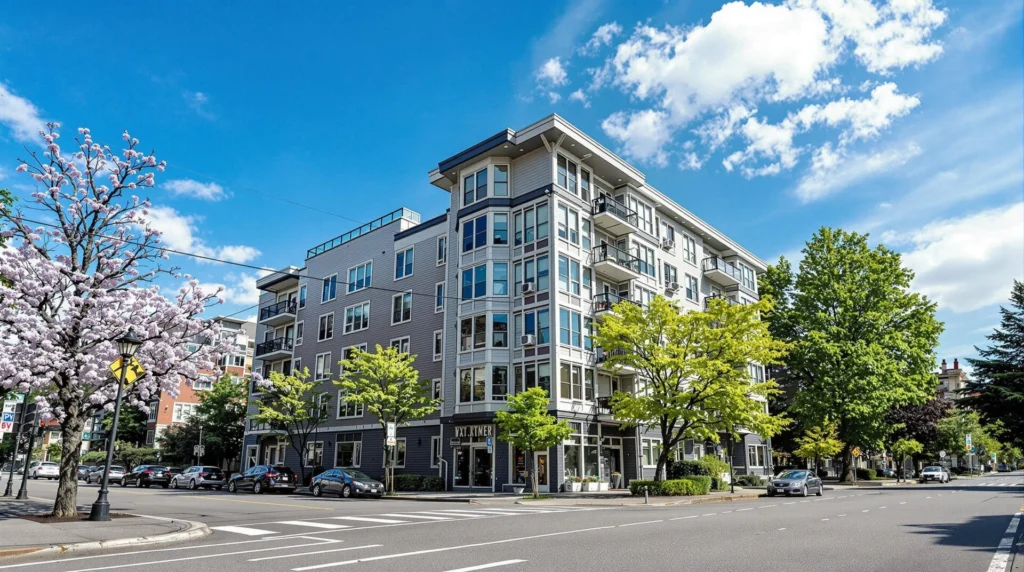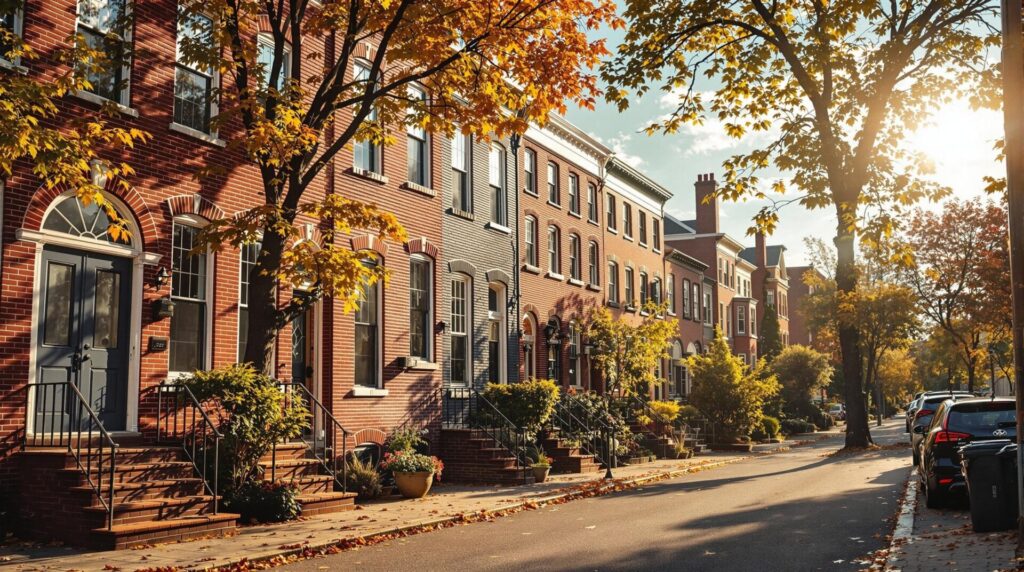Key Takeaways
- The $55M Innovation Campus office expansion adds 140,000 square feet of Class A suburban workspace, catering to high-tech and medical tenants.
- Tightening office vacancy rates in Wauwatosa make this a promising buy-and-hold investment opportunity for long-term stability.
- The project’s location near Milwaukee Regional Medical Center ensures ongoing demand from life sciences and technology firms.

Milwaukee, WI – In a move set to redefine suburban office development in the Milwaukee metro area, a new $55 million expansion has been announced for the city’s Innovation Campus in Wauwatosa.
The project, aimed at attracting high-tech employers and research tenants, marks a bold bet on the future of suburban commercial growth.
Suburban Office Momentum Gaining Ground
The Milwaukee office expansion, led by local developer Irgens, plans to include a four-story, 140,000-square-foot office building with energy-efficient design and flexible floor plans.
Positioned near the Milwaukee Regional Medical Center and key highway access points, the expansion is expected to attract life sciences firms and medical technology companies.
Real estate investors are seeing this as a calculated buy-and-hold opportunity, thanks to increasing demand for suburban office space that combines accessibility, amenities, and proximity to top-tier institutions.
With Class A vacancy rates tightening in the Wauwatosa submarket, this new supply is arriving at a strategic time.
Growth Strategy Backed by Infrastructure and Talent
The project benefits from a broader regional growth strategy that includes transit upgrades and workforce development partnerships.
Innovation Campus has already proven to be a successful blueprint, blending public and private investment to spur job creation and high-value tenancy.
Developers and investors are watching how this expansion could serve as a catalyst for future commercial corridors around Milwaukee, especially as employers seek flexible workspace outside of dense downtown cores.
Milwaukee’s Real Estate Rollercoaster: A Decade of Surprises for Investors
Ten years ago, Milwaukee’s real estate market was a well-kept secret — a quiet Midwest city offering steady returns and affordable entry points.
But what unfolded over the last decade has been nothing short of a dramatic transformation, rife with challenges, unexpected opportunities, and no shortage of twists and turns.
The early 2010s saw Milwaukee on the rebound from the Great Recession.
Investors flooded in, enticed by undervalued properties and a growing narrative of downtown revitalization.
The city’s Historic Third Ward became a poster child for urban renewal, with once-empty warehouses turning into luxury lofts, boutique offices, and trendy retail spots. For a while, the market looked like a goldmine.
Then came the surprises.
Development accelerated, sometimes too quickly.
Over-ambitious projects began to stall as construction costs soared.
In downtown Milwaukee, the balance between supply and demand teetered.
By mid-decade, the market was flooded with new apartments, leading to rising vacancies and concessions that hadn’t been seen in years.
Investors who had banked on instant appreciation had to recalibrate their strategies, shifting from quick flips to longer-term holds just to maintain cash flow.
But the city didn’t sit still. By the late 2010s, the focus shifted to adaptive reuse and suburban office hubs.
Developers began converting outdated industrial properties into creative office spaces, bringing life sciences and tech companies to the area.
Wauwatosa’s Innovation Campus emerged as a new growth center, proving that suburban markets could pack just as much drama as the urban core.
Meanwhile, cap rates tightened, signaling that savvy investors were finding value even in the midst of uncertainty.
Now, in 2025, Milwaukee’s real estate story is one of resilience.
From the ups and downs of the downtown multifamily market to the suburban expansion of high-tech office space, investors have learned that this city rewards patience, creativity, and a willingness to adapt.
Over the last decade, Milwaukee has gone from a steady, predictable play to a market full of surprising opportunities and enduring lessons.
For those willing to weather the ride, the drama of Milwaukee’s real estate evolution has been worth every moment.
Assessment
Milwaukee’s west side is proving itself as a prime destination for suburban office investment.
With the Innovation Campus expansion, the city is leaning into a future where high-growth tenants, flexible design, and location advantages drive demand.
For real estate investors, the Wauwatosa area is emerging as a reliable engine of long-term returns.
Related Content:
- Chicago Broker’s Million-Dollar Fraud Shatters Investor Trust (Four-Year Prison Sentence, $2M Restitution Ordered)
- New York City Real Estate Enters Expensive Madness ($110M Penthouse, Surging Rents, Top 2 Global Ranking)
- San Francisco Office Vacancies Hit Record 37.5% in Q1 — Redefining Urban Investment Strategy
- Irvine, California Greenlights 2,600-Unit Housing Development in Spectrum District (A Strategic Play for Investors)





















